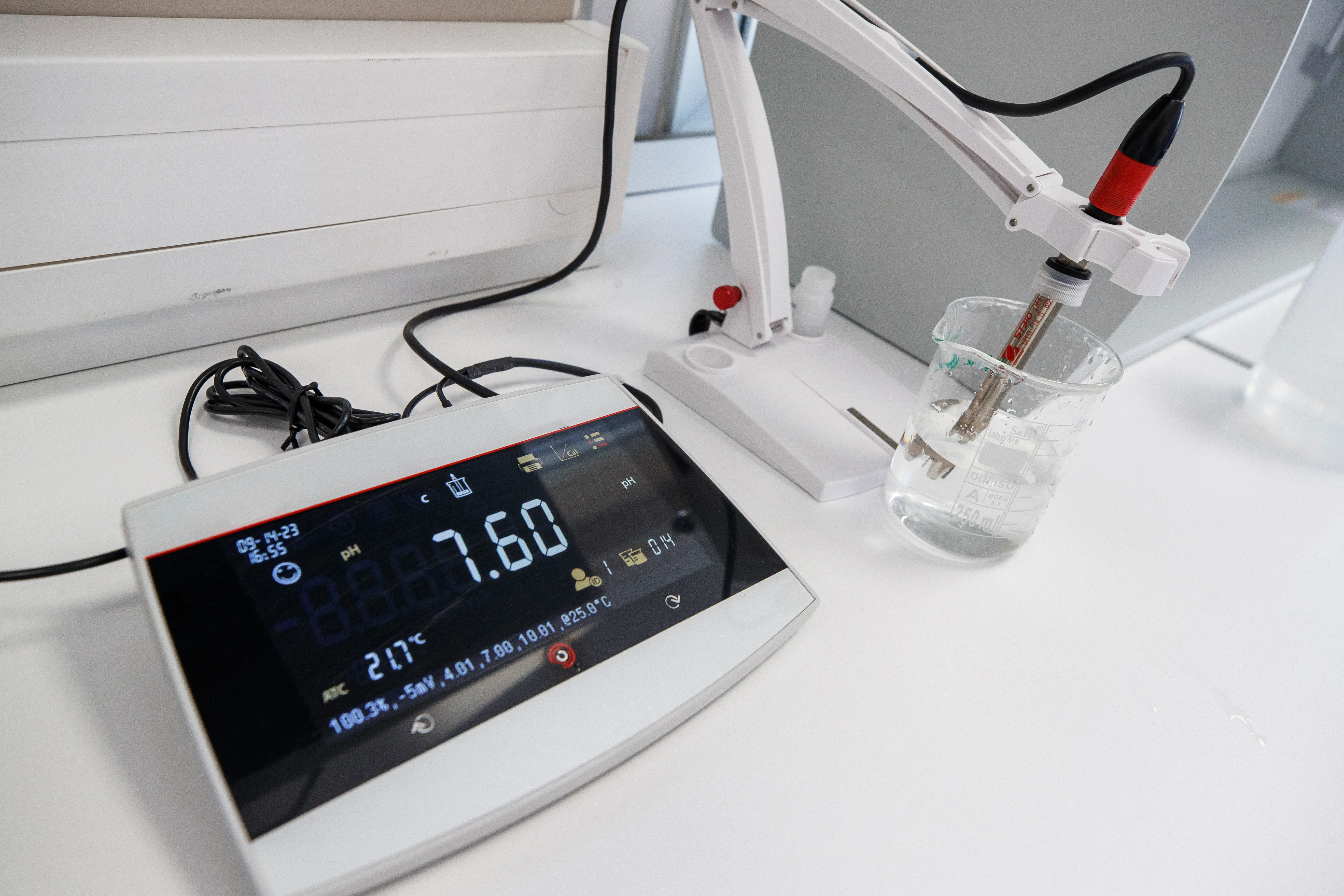Conductivity measurement equipment is crucial analytical instrumentation in various industries, particularly within the food sector. This technology measures the ability of a solution or material to conduct electricity, a property directly linked to the presence of ions, such as dissolved salts, acids, and bases. With a probe immersed in the solution, this equipment captures and analyzes conductivity through electronic instruments, providing vital data across multiple applications.
Applications of Conductivity Measurement Equipment
Conductivity measurement is pivotal in ensuring quality and compliance across several sectors:
- Water Quality Testing: Ensures safety in drinking water and the monitoring of groundwater, surface water, and wastewater.
- Industrial Process Control: Crucial in sectors such as food processing, chemical production, and pharmaceutical manufacturing.
- Environmental Monitoring: Assesses ecosystem health through monitoring soil and water salinity.
- Laboratory Analysis: Used extensively for analytical testing in food, drugs, and other materials.
Impact on Food Processing and Quality Control
Conductivity measurement plays a significant role in the food industry by analyzing the quality and composition of various products:
- Dairy Products: Determines milk and cream composition, such as fat content and water adulteration.
- Beverages: Assesses quality in beverages like beer and wine by evaluating alcohol content and contaminants.
- Meat and Poultry: Provides data on tenderness and freshness, including water additive levels.
- Fruits and Vegetables: Evaluates freshness and quality efficiently.
The Mechanism Behind Conductivity Measurement
The principle of conductivity measurement involves applying a direct current (DC) voltage to a solution, where the presence of ions enables current flow. The equipment comprises a probe with electrodes that interact with the solution, measuring voltage and currents. Factors like ion concentration, mobility, and temperature influence the electrical conductivity, which can be calibrated for accuracy.
Market Trends and Growth
The global conductivity measurement equipment market is expanding, anticipated to reach USD 1.5 billion by 2027, with a compound annual growth rate (CAGR) of 5.5% from 2020 to 2027. This growth is fueled by higher demand in:
- Water Quality Testing: Rising demand for clean water increases equipment necessity.
- Industrial Process Control: Automated systems adoption enhances industry equipment demand.
- Food Safety Testing: Essential in maintaining food safety standards.
- Technological Advancements: Innovations in sensors and analysis drive demand.
Major players like Thermo Fisher Scientific and Mettler-Toledo International Inc. lead a competitive market with both established entities and new entrants.
Conclusion
Conductivity measurement equipment is a cornerstone in food and beverage engineering, facilitating food engineering consultants and food technology consulting to enhance food safety and quality efficiently. The ongoing technological progress and growing market demand will continue to elevate the indispensable role of conductivity measurement across diverse industrial applications.
 PMG stands for Projects Management Group. We provide state-of-the-art Engineering Services to build world-class food processing factories.
PMG stands for Projects Management Group. We provide state-of-the-art Engineering Services to build world-class food processing factories.  Engineering is the difference between Chaos and Excellence. If you are going to do it, do it right.
Engineering is the difference between Chaos and Excellence. If you are going to do it, do it right.  Explore the diverse range of Products in the Food Processing Industry.
Explore the diverse range of Products in the Food Processing Industry.  Explore the technologies at the heart of the the Food Processing Industry.
Explore the technologies at the heart of the the Food Processing Industry. 


 Back
Back 



